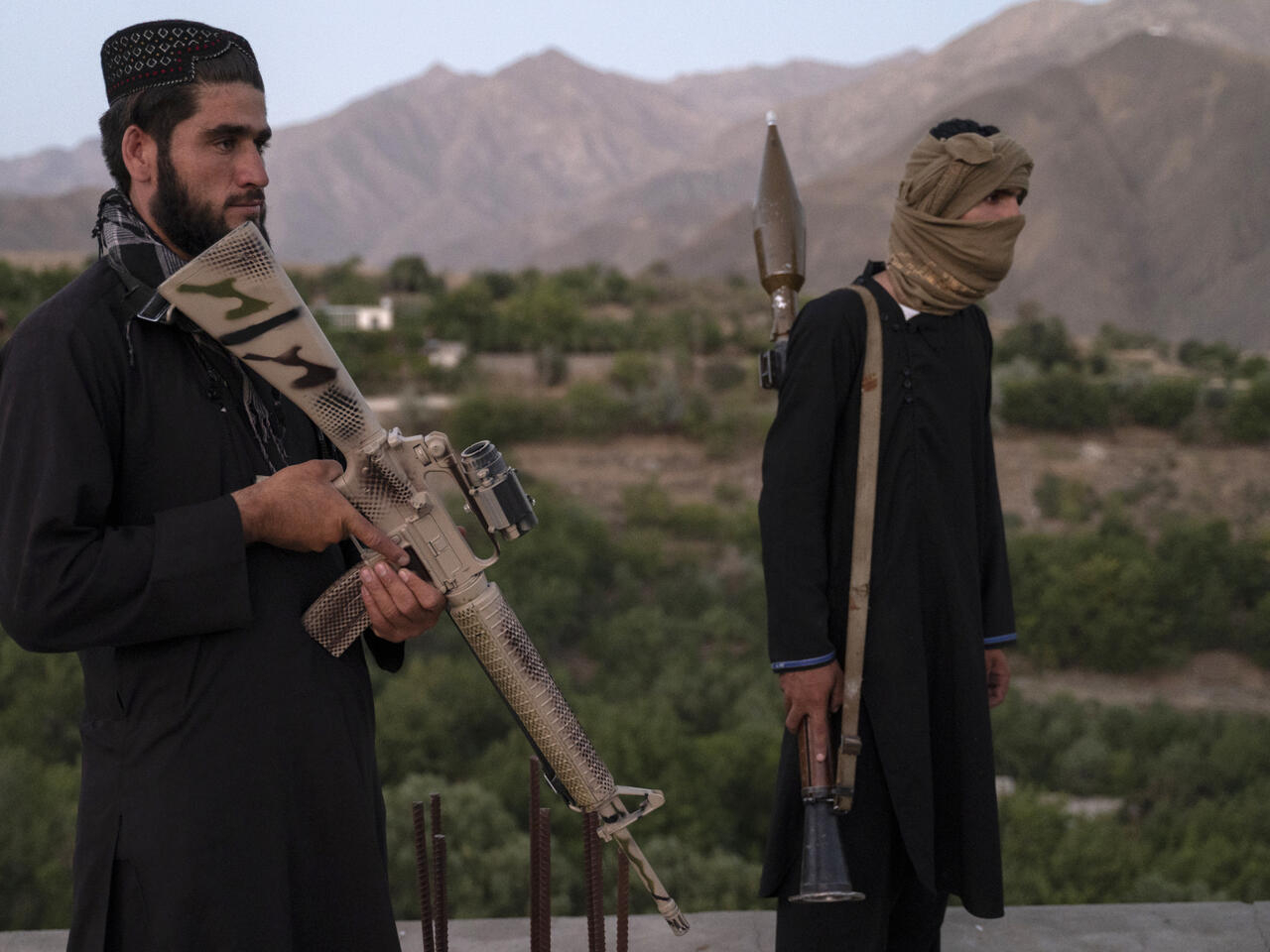AFGHANISTAN (AFP) — A year since returning to power in Afghanistan, the Taliban are a stronger military force than ever, but threats to their rule do exist.
To tighten their grip, the Taliban have poured thousands of fighters into the Panshjir Valley, home to the only conventional military threat the Islamists have faced since their takeover.
The scenic valley, located in northeastern Afghanistan, was for decades a bastion of resistance against outside forces, and the birthplace of the National Resistance Front (NRF).
On the other side of the spectrum, the Islamic State -Khorasan group (IS-K) has planted bombs and staged multiple suicide attacks in the past 12 months.
But the jihadists have focused on soft targets — chiefly Shiite mosques and Sikh temples — rather than tackle the Taliban head-on.
Following the chaotic exit of US-led troops on 31 August last year, Western threats to Taliban rule have also been crushed.
Still, the recent assassination of al-Qaeda chief Ayman al-Zawahiri by a US drone strike on his hideout in Kabul shows how vulnerable Taliban leaders could be to a high-tech enemy.
While the Panjshir Valley is what worries the Taliban the most, analyst Michael Kugelman of the Washington-based Wilson Center think tank believes serious resistance is a long way off.
Last to fall
Panjshir was the last province to fall to the Taliban in their lightning takeover of the country last year — holding out until 6 September, three weeks after the capture of Kabul.
An uneasy calm then enveloped the valley — around 80 kilometers (50 miles) north of Kabul — until May, when the NRF emerged from the mountains to strike again.
In response, the Taliban sent in more than 6,000 fighters in long columns of armored vehicles, striking fear into the hearts of residents.
In the 1980s, fighters led by Ahmad Shah Massoud — nicknamed the Lion of Panjshir — fought the Soviet forces from its rugged peaks of Panshjir.
Civil war
When the Red Army pulled out, Afghanistan descended into civil war and the Taliban seized control of the country.
Panjshir held out, though Massoud was assassinated two days before the 11 September 2001 attacks on the United States.
The NRF is led by his son Ahmad Masood, who like many NRF leaders is now in undisclosed exile.
Taliban forces now firmly control the main road that cuts through the valley, with checkpoints everywhere.
Thousands of people have fled the valley — once home to around 170,000 — and an atmosphere of fear prevails, with residents speaking only if their real names were not revealed.
